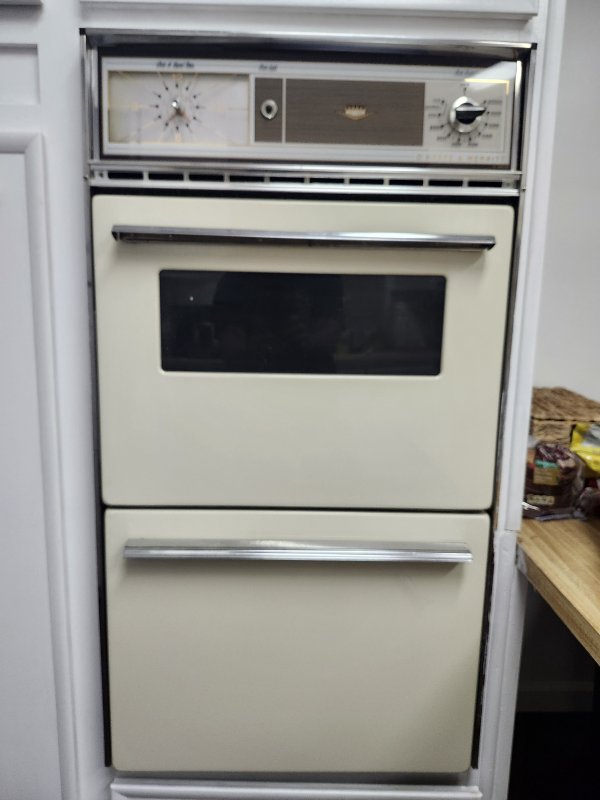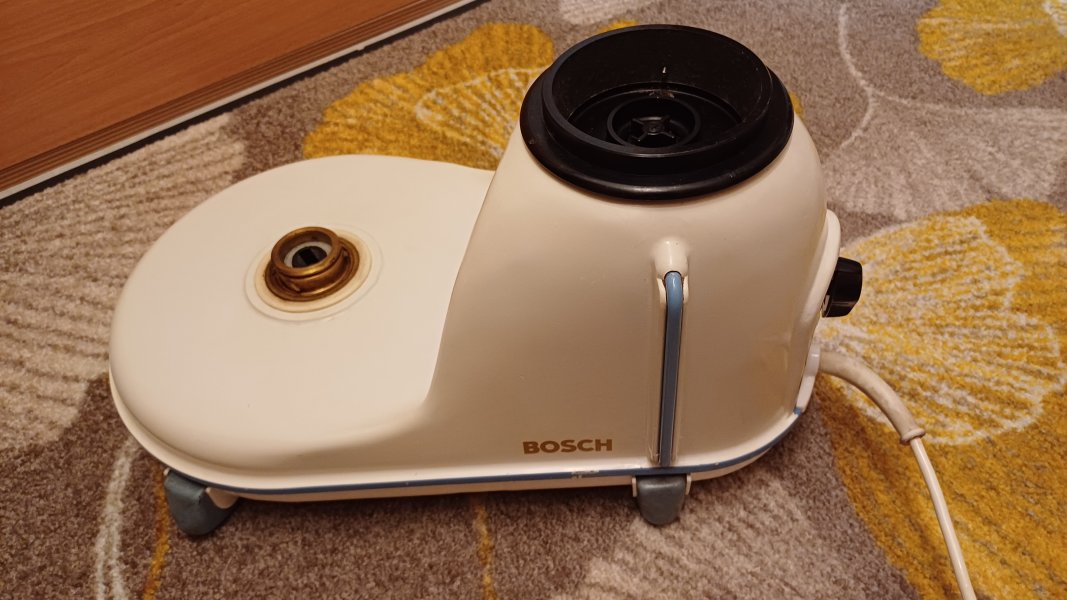Edward Reed
A-List Customer
- Messages
- 494
- Location
- Aboard a B-17 Flying Fortress
wow! that must have been fun and interesting to go through all of that. I would have loved to have an opportunity like that! amazing!When her grandmother passed away several years ago, she left us the house and everything in it. Becky's grandfather was a fighter pilot in the war and when it ended, he went to back to school for medicine. After his training he was the town doc and his office was the bottom half of the house. So we had some pretty cool stuff in the house with us to say the least. Old photos, models and even gear that was donated to the college and their flight training program that they now display in their lobby.




